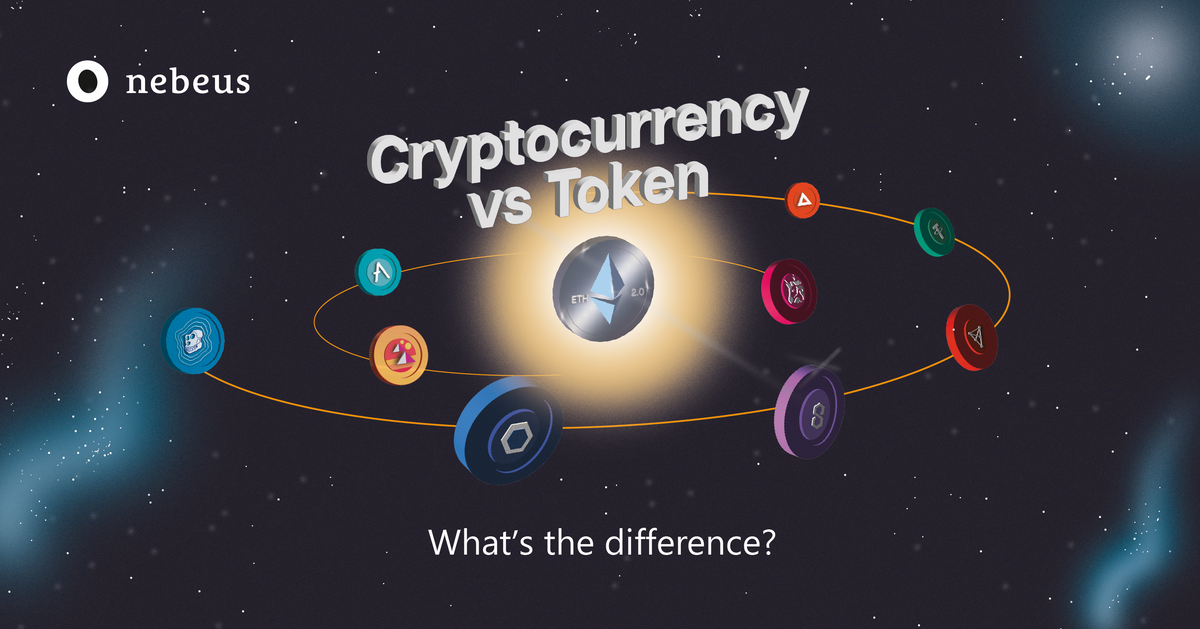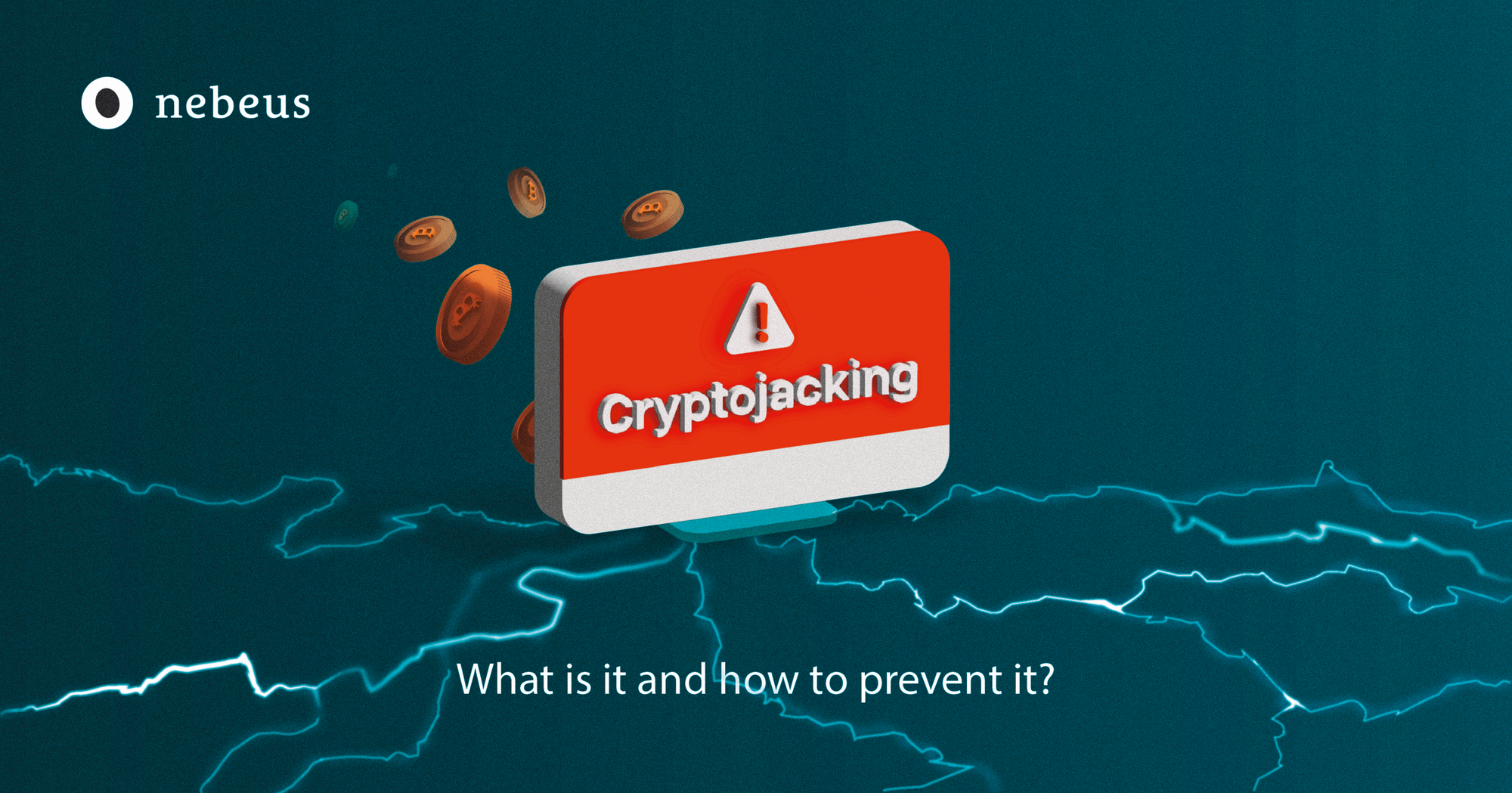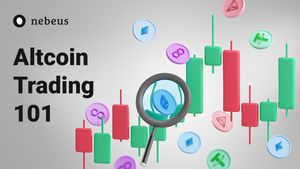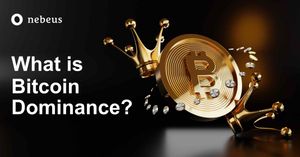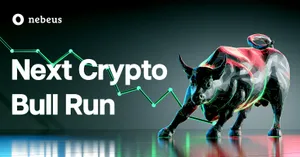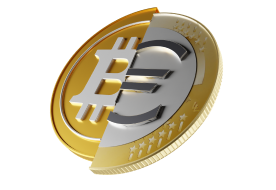Frequently, cryptocurrencies and tokens are confused as the same thing and used interchangeably, when, in fact, they are both digital assets but have fundamental differences. Cryptocurrencies are the native asset and are hosted on their own blockchain, while tokens are built and hosted on already existing blockchains.
Digital Assets: Cryptos and Tokens
A digital asset is a non tangible asset that is created, hosted, traded and stored in a digital manner. These can include documents, videos, photographs, websites, and other things stored digitally. Since the introduction of blockchain in 2008, cryptocurrencies have also become digital assets. Eventually, so did crypto tokens, and most recently, NFTs.
Both cryptocurrencies and crypto tokens use cryptography; a practice and approach to securing communications that ensure only the sender and the intended recipient can view its contents, which eliminates the possibility of counterfeiting or double spending.
The key differentiation between cryptocurrencies and tokens is how they are hosted and what you can use them for.
What is a Cryptocurrency?
A cryptocurrency is a native asset of a blockchain, insofar as the blockchain was built to maintain it. The biggest examples we have are Bitcoin and Ethereum’s blockchains. They are decentralised, without a leading authority to look over them like traditional currency handling institutions. If you want to know more, you can take a look at our blog article detailing all the benefits and drawbacks from cryptocurrencies.
What is a Token?
Crypto tokens on the other hand are created to be a part of a platform that is built on a blockchain already. Their behaviour is determined by smart contract implementations, unlike cryptocurrencies that are built on the blockchain. For instance, on the Ethereum blockchain, ETH is the native cryptocurrency, and USDT, SHIBA INU, Chiliz, Uniswap, are tokens in that same blockchain, to mention some. ERC-20 is one of the most popular token standards that allows tokens to interoperate in the Ethereum ecosystem.
For example, MANA is a metaverse token that gives you in-game currency for Decentraland, a virtual world that allows its users to create, trade, and explore the creations that are hosted within it. Tokens are often created to fulfil a need as the usage of Blockchain expands, and like MANA in Decentraland, there’s a lot more applications of tokens depending on their platforms. This process of creating crypto tokens to serve new functions available within the blockchain is called tokenization.

Differences Between Cryptocurrencies and Tokens
Cryptos and tokens differentiate in two main aspects:
- Use
- Structure
Use
Cryptocurrencies, by being hosted on blockchains or other forms of distributed ledger, allow a total transparency with the participants who abide by rules in an automated system. They can be traded as a medium of exchange, used as a form of currency, and holds a store of value. A store of value is an asset, commodity, or form of currency that can be stored and retrieved at a later time without depreciating in value. They can also be traded for fiat currencies.
While cryptocurrencies and crypto tokens share the power of value and can be exchanged, tokens can also be designed to represent physical or digital assets, forms of art, media, and real tangible assets like real estate, physical art, and intangible assets like storage space, and even energy/processing power. The true power of crypto tokens in contrast to cryptocurrencies is the usage in a forever expanding realm of digital assets.
For example, MANA is a metaverse token that gives you in-game currency for Decentraland, a virtual world that allows its users to create, trade, and explore the creations that are hosted within it. Tokens are often created to fulfil a need as the usage of Blockchain expands, and like MANA in Decentraland, there’s a lot more applications of tokens depending on their platforms. This process of creating crypto tokens to serve new functions available within the blockchain is called tokenization.
Structure
While they’re compatible in a sense of usage, the structure of cryptocurrencies and crypto tokens is wholly different. Cryptocurrencies are built on the blockchain and operate there, so when transactions happen, the balances modify but the coin does not move places.
With crypto tokens, they are units of value based on blockchain networks. They are built by organisations that are building platforms on top of already established blockchains, like with BAT or Chiliz on Ethereum.
Crypto tokens are also programmable, which means they are formed of smart contracts that detail the functions, features, and rules of engagement with the token. They are permissionless, which means anyone can participate in the handling of these tokens. They are also trustless and transparent, which allows owners of tokens to be secure in knowing no third party has access or control over their token asset. The transparency of crypto tokens also ensures transactions are publicly viewable and verifiable.
Sign up for a Nebeus account to buy, hold, and insure your crypto investment.
La inversión en criptoactivos no está regulada, puede no ser adecuada para inversores minoristas y se puede perder la totalidad del monto invertido.


